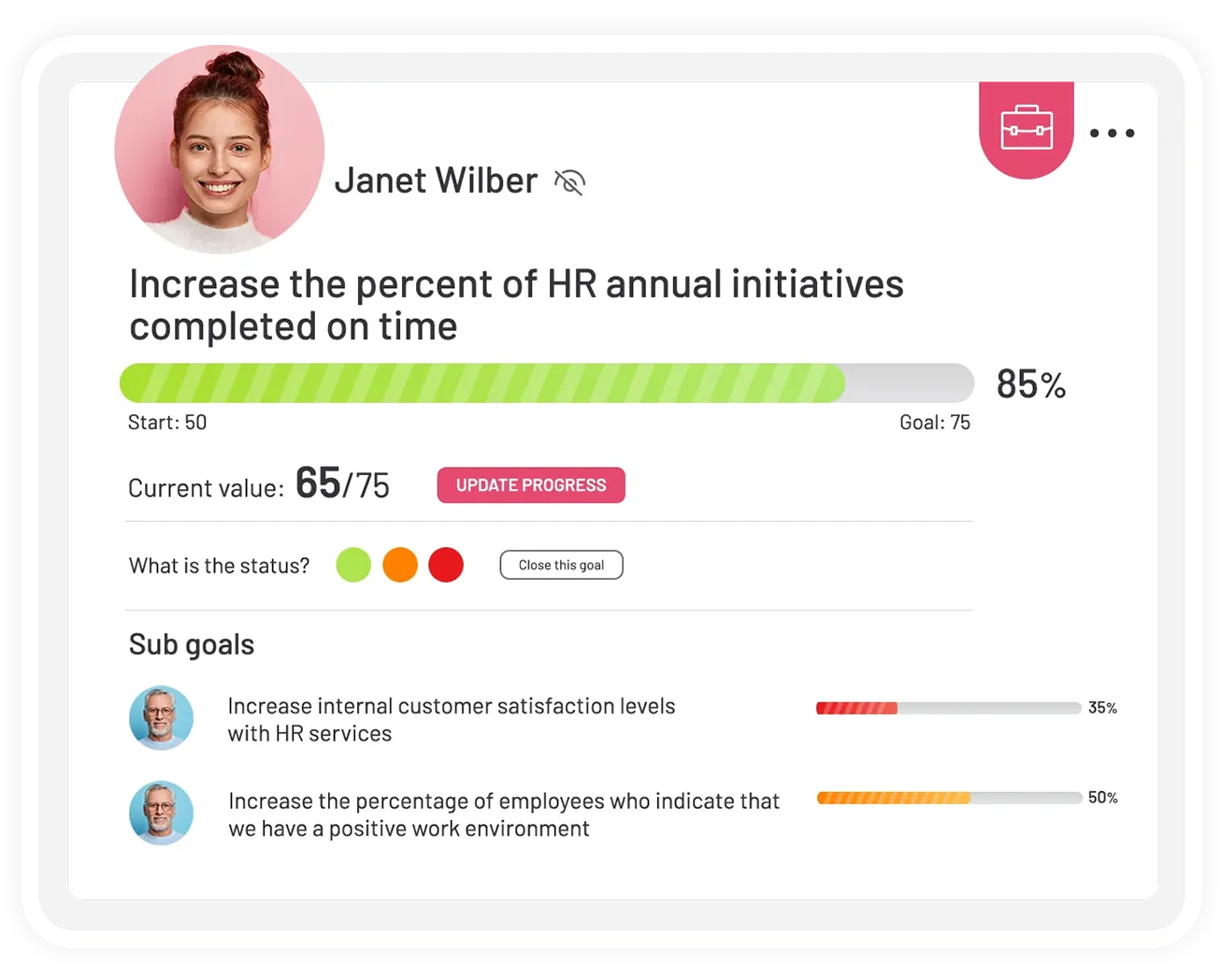The coiner of OKRs is unbeknownst to us but the popularised version is formulated by Intel Corporations’ operations in the 1980s by Andrew Grove, who documented the cycle of OKR methodology in his book High Output Management.
Later on an Intel Corp employee, John Doerr broke it down for Google and OKR implementations became the designated performance metrics filter for top-tier tech companies in the field.
Today, we observe many companies from other industries also deploy this method of performance measurement into their operations.
In this article, perhaps not like the pioneers of this method, we will be breaking down numerous notions and concepts revolving around OKR by having a closer look at its definition, distinction, what is and not’s.
Table of Contents
Supercharge your performance management with Teamflect!
Explore the benefits of using Teamflect, the best OKR software for Microsoft Teams. Automate your OKR adoption, ensure easy tracking of goals, and drive agile results throughout the year.
Don’t settle for manual templates; embrace efficiency and achieve your objectives seamlessly with Teamflect. To drive results, try Teamflect today!



